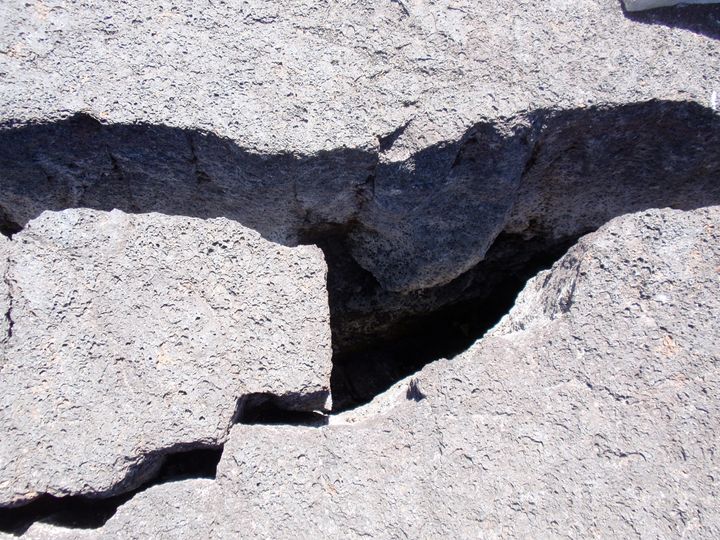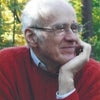
CRACKS IN KILAUEA CRATER
It was in college that my life was first touched by Hungarians. As an adolescent I had heard of Zsa Zsa Gabor, but she was just a “bad girl” on the screen. In college I met (and became a room-mate of) a Hungarian whose father had escaped the Nazis by emigrating to London and then to a college in Ohio (the state with the biggest concentration of Hungarians).
One of the initial things my fellow freshman told me was that a Hungarian could walk into a revolving door second and emerge first. Perhaps employing this talent along with others, he stood out academically, but what impressed me was his rollicking sense of humor.
The other Hungarian of my college years was Michael Curtiz, the director of “Casablanca.” I never met Curtiz, but was ensorcelled, along with my friends, by the movie he created with the help of Humphrey Bogart, Ingrid Bergman, Sidney Greenstreet and other timeless actors. “Play it, Sam,” says Bergman to the pianist (not “play it again,” as Woody Allen misquoted the line). Set in wartime Morocco, the picture depicted a style of idealism and disappointed love behind a facade of apparent cynicism.
The next Hungarian to whom I felt close (at least in residential distance) was a neighbor in Berkeley whom I never met. On Hawthorne Terrace, just over a hedge, was said to be the home of Edward Teller, co-inventor of the hydrogen bomb (or as it was originally called, the “super”). It was eerie, living so close to the person whose genius had unleashed a power that could quickly destroy all of civilization and potentially cause, as we were later to discover, “nuclear winter.
Soon after that residential proximity came a happier gift from a Hungarian, a book about the phenomenon called “flow.” Published by a firm that had brought out my own first book (with Nevitt Sanford), the title was Beyond Boredom and Anxiety: Experiencing Flow in Work and Play, and the author was Mihaly Csikszentmihalyi, a psychologist then teaching in Chicago. Years later, when my brother moved to the small town where we both retired, I found that “flow” was one of the main concepts that had guided his own life. It is created by setting oneself or adopting challenges that absorb all one’s attention while not being too great to master.
After learning about “flow,” I also came to discover and admire the work of John von Neumann, the lpenultimate Hungarian to be described here. A mathematician, he created the basic architecture for computing. It was starting to use one of the early “suitcase” computers in the 1980s that led me to appreciate and learn a little about von Neumann’s work.
Of course computers go back to the 1940s, as I had seen in a museum at Harvard. And my brother was programming a university computer in the late 1960s. But personal computers were still fairly primitive in the early 1980s, with “floppy disks” and storage that would be totally unacceptable in a cell phone today. (The original Macintosh was not introduced until 1984.) In any case, I was fascinated by what von Neumann had helped get started.
Another Hungarian, the only one who’s fictional, is Count Almasy of the novel written by Michael Ondaatje and the movie directed by Anthony Minghella. Both are called The English Patient; both won awards. Almasy is an aristocrat who joins an international map--making expedition into the Sahara just before World War Two and falls in love with a woman he meets there. The movie was released in 1996 and if you haven't seen it, do.
An inspiring college room-mate, an outstanding movie director, the co-designer of the hydrogen bomb, a psychologist of happiness, a pioneering mathematician, and one of my favorite movie characters: not too shabby for one small country. And that is only people I was directly affected by.
If he were here, my college rom-mate would probably insist that I also mention such Hungarians as Bela Bartok (composer), Bela Lugosi (actor in horror films), Georg Lukacs (historian of capitalism, author of The Great Transformation), Karl Mannheim (sociologist), Laszlo Moholy-Nagy (painter, photographer and designer at the Bauhaus), Eugene Ormandy (conductor of the Philadelphia orchestra), Thomas Szasz (critic of psychiatry), Albert Szent-Gyorgyi (winner of the Nobel prize for discovery of vitamin C), plus Eugene Wigner (another winner of the Nobel Prize, in his case for physics). and Leo Szilard (who made many discoveries and who persuaded Einstein to write to FDR about atomic energy ).
It was Szilard who, in 1933, conceived of the nuclear chain reaction while crossing a road in the neighborhood where, 28 years later, my college tutor arranged for me to share a flat while enrolled at LSE (the London School of Economics). Szilard’s idea was a long way from the atom-bomb but what came into his consciousness there in Bloomsbury may be described as one of the most consequential ideas in human history.
